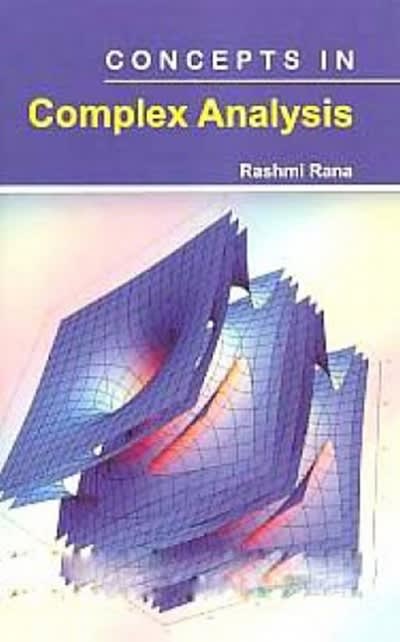Question
A smaller standard deviation of a distribution indicates that the distribution becomes: Select one: a.more skewed to the left b.symmetrical c.flatter and wider d.narrower and
A smaller standard deviation of a distribution indicates that the distribution becomes:
Select one:
a.more skewed to the left
b.symmetrical
c.flatter and wider
d.narrower and more peaked
A random sample of 64 observations has a mean of 30. The population standard deviation is assumed to be 4. The 85.3% confidence interval estimate for the population mean is:
Select one:
a.[28.369, 31.631]
b.[29.275, 30.725]
c.[29.456, 30.544]
d.[28.560, 31.440
A Type II error is committed if we make:
Select one:
a.incorrect decision when the null hypothesis is true
b.a correct decision when the null hypothesis is false
c.correct decision when the null hypothesis is true
d.incorrect decision when the null hypothesis is false
If the value of the sample mean is close enough to the hypothesised value of the population mean, then:
Select one:
a.the hypothesised value is definitely true
b.we don't reject the null hypothesis
c.the hypothesised value is definitely false
d.we reject the null hypothesis
A standard normal (Z) distribution is a normal distribution with:
Select one:
a.a mean of zero and a standard deviation of one
b.a mean always larger than the standard deviation
c.a mean of one and a standard deviation of zero
d.a mean usually larger than the standard deviation
If A and B are mutually exclusive events, with P(A) = 0.65 and P(B) = 0.50, then P(A B) is:
Select one:
a.
0.06
b.
0.00
c.
0.10
d.
0.50
Which of the following best describes an unbiased estimator?
Select one:
a.An unbiased estimator of a population parameter is an estimator whose expected value is equal to that parameter
b.None of these choices are correct
c.An interval estimator is an unbiased estimator
d.Every estimator is an unbiased estimator
Suppose P(A) = 0.35. The probability of complement A is:
Select one:
a.0.65
b.-0.70
c.0.70
d.0.50
If we reject the null hypothesis, we conclude that:
Select one:
a.there is enough statistical evidence to infer that the alternative hypothesis is true
b.the test is statistically insignificant at whatever level of significance the test was conducted at
c.there is not enough statistical evidence to infer that the alternative hypothesis is true
d.there is enough statistical evidence to infer that the null hypothesis is true
For a two-tail Z test, the null hypothesis will be rejected at the 0.01 level of significance if the value of the standardised test statistic is:
Select one:
a.greater than 1.96
b.smaller than -2.575
c.smaller than -1.96 or greater than 1.96
d.smaller than -2.575 or greater than 2.575
Two events A and B are said to be independent if:
Select one:
a.
P(A | B) = P(B)
b.
P(B | A) = P(A)
c.
P(A B) = P(A) x P(B)
d.
None of the options
Step by Step Solution
There are 3 Steps involved in it
Step: 1

Get Instant Access to Expert-Tailored Solutions
See step-by-step solutions with expert insights and AI powered tools for academic success
Step: 2

Step: 3

Ace Your Homework with AI
Get the answers you need in no time with our AI-driven, step-by-step assistance
Get Started


